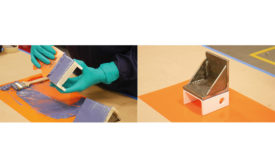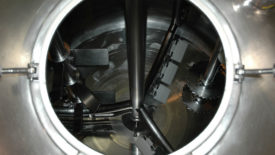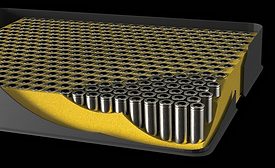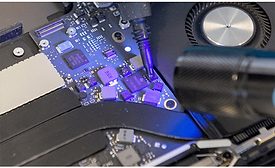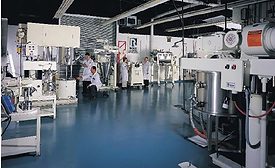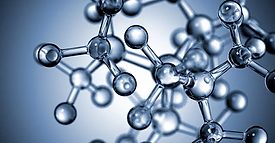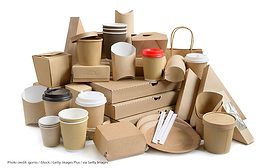Featured on Home Page
Two-component, solvent-free epoxy adhesive material provides high adhesion to metallic substrates while also withstanding high movement or cyclic fatigue.
Read More
Is It Time to Diversify Your Product Line?
To remain agile and create a resilient product portfolio, companies must consider finding new chemistries and materials suppliers.
August 17, 2023
Into the Mix: Design Features that Increase Product Mixing Efficiency
When choosing a mixer, quality and performance are crucial to attain the required product specifications while meeting inevitable changes in customer demand.
August 15, 2023
Polyurethane Foam Encapsulant Protects and Lightens EVs
A two-component, ultra-low density, flame-retardant polyurethane foam is designed for potting and encapsulating lithium-ion battery cells in EV battery modules.
August 14, 2023
ASC Sustainability Summit Offers Industry Solutions
The second-annual ASC Sustainability Summit is scheduled for September 18-20 at the Omni Louisville Hotel in Louisville, Kentucky.
August 11, 2023
Advanced UV-Adhesives Help Industry Stick to Future EU Labeling Laws
Advanced cyanoacrylates will enable manufacturers to meet current and future sustainability and ESG reporting needs, and comply with future labeling requirements.
August 9, 2023
Mixing Technologies for the Production of Low- to High-Viscosity Adhesives
A number of factors, primarily viscosity and shear input, are considered when selecting the correct mixing technology for an adhesive formulation.
August 7, 2023
The Benefits of Caprolactone Technology in Reactive Hot Melt Adhesives
As market drivers accelerate the adoption of polyurethane reactive hot melt adhesives away from solvent-borne solutions, the use of polycaprolactone technology in reactive hot melt adhesive applications is examined.
August 3, 2023
2023 Raw Materials and Chemicals Overview
Chemical companies’ attention has shifted from demand issues to more sustainable practices in an effort to address rising production and transportation costs, greater demand to reduce carbon footprint, diminished profitability, and the push to develop more recyclable products.
August 1, 2023
Keep the info flowing with our eNewsletters!
Get the latest industry updates tailored your way.
JOIN TODAY!Copyright ©2024. All Rights Reserved BNP Media.
Design, CMS, Hosting & Web Development :: ePublishing
